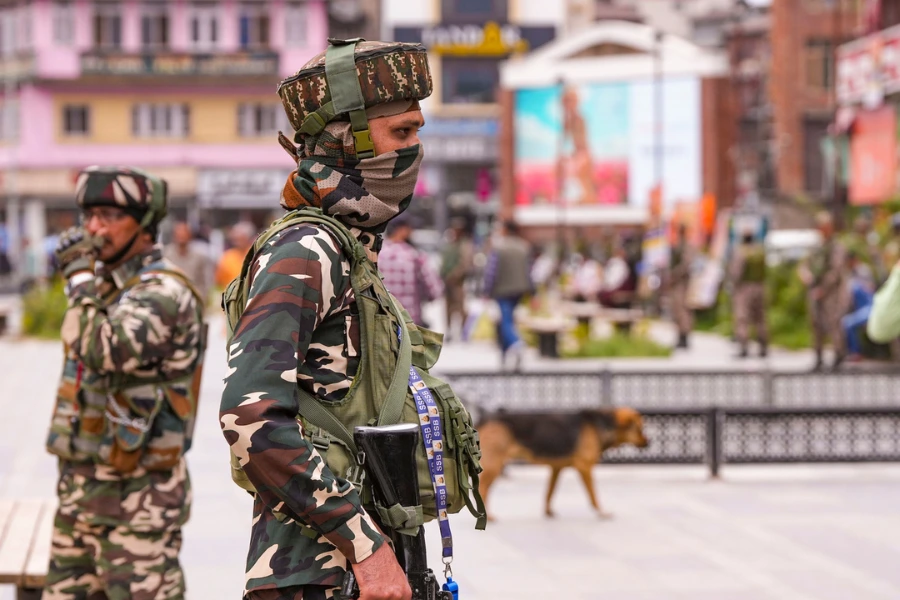
MHA mock drill May 7: Due to the increasing tensions and evolving threats to national security, the Ministry of Home Affairs (MHA) directed all states and Union Territories to conduct civil defence mock drills. They will be held in 244 designated civil defence district on May 7. The decision came on the heels of increasing geopolitical concerns stemming from the Pahalgam terror attack of April 22. The attack took the lives of 26 civilians in Jammu and Kashmir.
Therefore, the order was issued soon after multiple high-level security meetings led by Prime Minister Narendra Modi in Delhi. Here the plan and readiness of the country were discussed.
Rationale for the Mock Drills
The MHA order comes at a time of increased tensions between India and Pakistan. Just hours prior to the order coming to light, Pakistan had completed its second missile test in 2 days as part of a military operation called “Exercise INDUS.” Considering the situation, many analysts characterized the test as a show of force. Pakistan Prime Minister Shehbaz Sharif noted that the successful missile launch was a testament to the strength of the country’s defensive capacity.
So, due to rising tensions, the Indian government is placing a greater weight on national readiness. “New and complex threats/challenges have emerged in the current geo-political setting. It is advisable that optimal civil defense readiness in the states/UTs is maintained at all time.” The Directorate General Fire Service, Civil Defence and Home Guards relates.
Primary Objectives of the National Practice Exercises
The MHA gave an elaborate outline of the simulated drills. So, primary aim of evaluating and improving civil defense mechanisms throughout India — from rural villages to urban centers.
The primary objectives of the drill include:
- Investigation of air raid warning systems to ensure conditions for prompt notification in cases of enemy attack.
- Investigation of civil defense communications links with the Indian Air Force; this includes hot-line communications and radio communications.
- Assessing the capabilities of control rooms, including emergency shadow control rooms.
- Training civilians and students on civil defense measures to protect civilians.
- Imposing blackout restrictions in urban and industrial areas in the event of an emergency.
- The early concealment of key facilities to limit visibility to potential menace threats.
- Mobilizing civil defense service support, such as wardens, fire brigades, rescue services, and depot control.
- Evaluating a locality’s evacuation procedures and practices.
Moreover, this is an extensive list that will simulate emergencies and provide the basis for identifying deficiencies in the civil defense system.
Who Will Be Involved?
Also, the exercise will not only involve official agency personnel but will also include representatives from various community groups and local organizations. As per the directive, participants will include:
- District supervisors and regional government groups
- Civil protection wardens and helpers
- Active and stand-by home defenders
- Members of the National Cadet Corps (NCC)
- Volunteers of the National Service Scheme (NSS)
- Nehru Youth Center Organization (NYKS)
- Students from schools and universities
The home ministry stressed that exercises are to be rolled out to the village level, so the capacity is available in the communities.
Importance of Civil Defence in Current Situation
As cross-border threats proliferate, possibly escalating to hybrid war operations in the near future, India’s focus has shifted toward civil defence preparedness as a critical aspect of national security. These exercises serve as both a precautionary and readiness plan, allowing officials to better refine their emergency response frameworks and inform individuals of the specific actions to take during acts of aggression.
In light of the Pahalgam terrorattack and Pakistan’s recent missile tests, this civil defense step highlights government’s proactive approach to internal security.
Stay Abreast of the Daily News Briefings
Furthermore, in this ever-evolving world of global and local threats, being informed is a right – an obligation.
Whether it’s announcements of government policies, updates on emergency drills or other public service-based information, the recent news updates are critical to keeping citizens informed and prepared.
As India is about to commence the mock drill on May 7, citizens are encouraged to work with their local officials and actively participate in community awareness campaigns and training. The goal is more than just government preparedness: it is also to build resilience in the community.






Can you be more specific about the content of your article? After reading it, I still have some doubts. Hope you can help me. https://www.binance.com/register?ref=IHJUI7TF